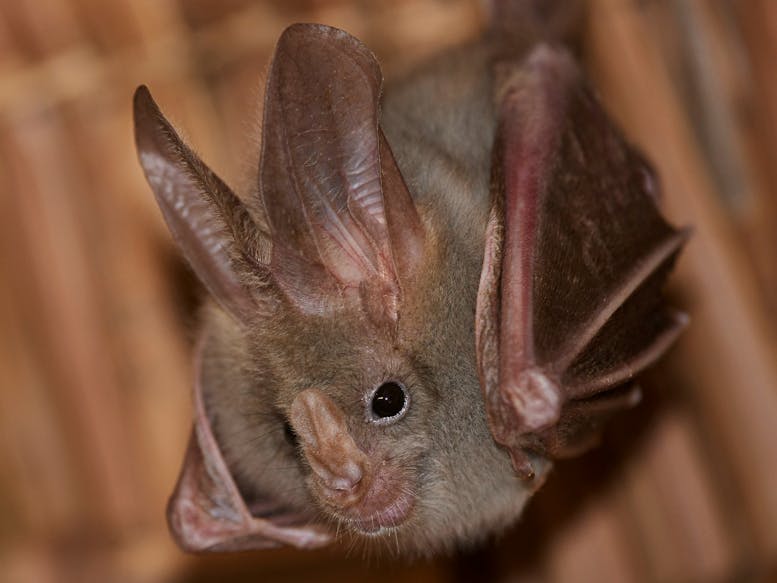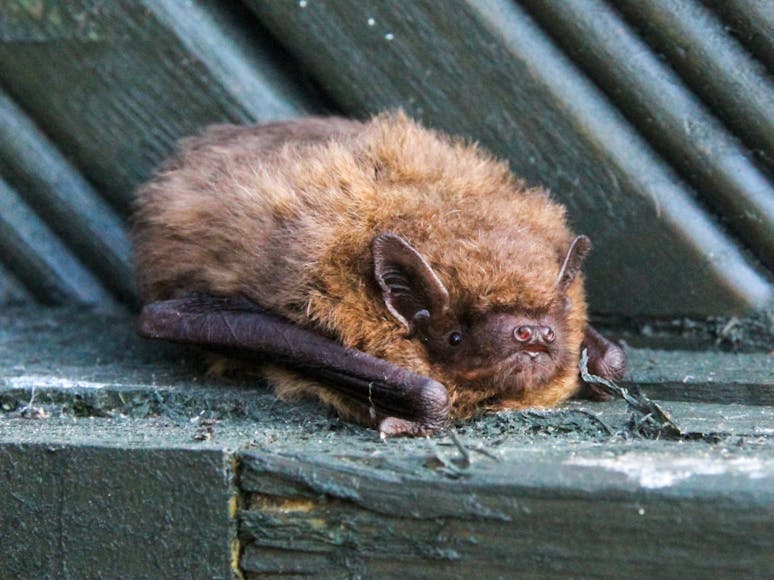Selsey Bats
Bats are the only mammal capable of flight and of the 18 species currently resident in the UK, all have been spotted in West Sussex.
Which bats are common in Selsey?
Many of the 18 British Bat Species can be found on the Peninsula and those that are fairly common in Selsey are Daubenton’s, Common Pipistrelle, Soprano Pipistrelle and the Brown Long Eared.

Daubenton's (Myotis daubentoni) - The Daubenton's is medium sized and often associated with water, skimming the surface of East Beach Pond for insects such as mosquitoes. This bat has adapted so that it can even use its feet to pick insects from the water's surface as it swoops through the air.
Common Pipistrelle (Pipistrellus pipistrellus) - The most common bat found in the UK. Emerging around 20 minutes after sunset, the Common Pipistrelle flies quickly, darting around trees and buildings.
Soprano Pipistrelle (Pipistrellus pygmaeus) - The slightly smaller cousin of the Common Pipistrelle, the Soprano Pipistrelle looks very similar with brown fur, black wings and a black face. The most vocal of the British bats, Soprano Pipistrelle sends out frequent echolocation calls.
Brown Long Eared (Plecotus auritus) - As the name suggests, this bats ears are almost as long as its body. Known as the whispering bat, the Brown Long Eared's echolocation calls are virtually silent. An excellent woodland hunter due to its incredible hearing.

When’s the best time to spot Bats in Selsey?
During the winter, when their diet of insects is more scarce, bats hibernate so to spot them in Selsey, look out in late Spring and Summer in particular, at or just after sunset. They are most active between May and October when they are breeding and raising young. They play a major part in the food chain as they are one of the main predators of flying insects.
Bats are very sensitive to artificial light and as such, car headlights, street lighting and torch beams can disrupt their flight patterns and hunting behaviours. If you are keen to spot a bat, use a torch with a red light or cover the end of your standard torch with a red film.


Did you know?
All bats use a sophisticated form of sonar (echolocation calls) to navigate as they are active at night, however the Brown Long Eared bat in particular also has incredible hearing – so sensitive it can even hear a ladybird walking on a leaf! Very handy when your diet is predominately made up of insects.
Despite being a mythical symbol of doom, bats are actually a great asset to people - especially gardeners - devouring insects that may otherwise devour plants. A Common Pipistrelle can easily eat 3000 tiny insects in just one night despite only weighing 5g itself! Some plant species also rely wholly or partly on bats to pollinate their flowers or spread their seeds.
Bats rely on natural corridors to travel between their roosting and feeding sites, often along hedgerows, the edges of fields or ditched and they can travel up to 20 miles in one night to feed.
All bats in the UK are legally protected and their numbers are threatened by the loss of roosting sites such as trees and old building as well as a dwindling global insect population.